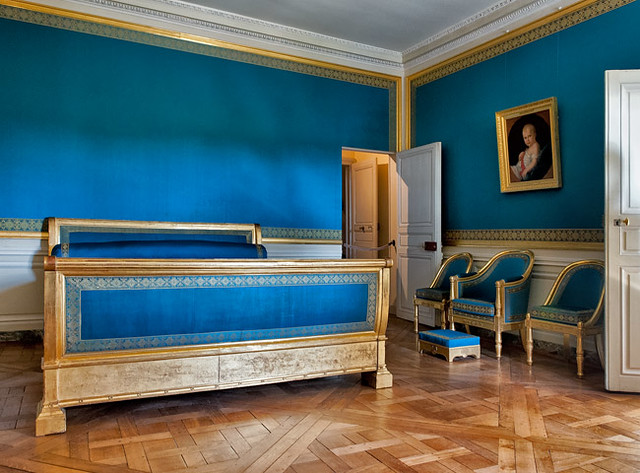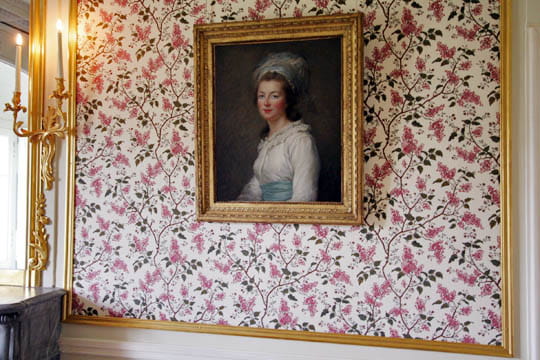If this is true then it is very strange that the King set an entire apartment at Versailles aside to be used as a bathroom (including at least two private bath tubs for the King); this was added to the palace in the 1670's.
Actually, Louis XIV had both cold and hot running water in these apartments. The rumour has only been made even more manifasted in the common understanding because many authors has chosen to write it in their history books - but in reality there is no proof of the King only having three baths in his life.
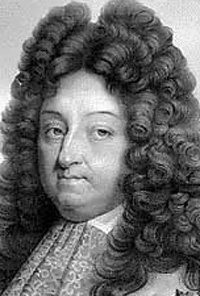 However, if it actually is the case then the King would not have been to blame. It was his doctors - who were still convinced that water was a direct hazard to your health - who told the King not to take a bath. There is one episode in which the doctors finally decided to prescribe a bath as a treatment when the King fell ill. But it was only as a final option; beforehand they had purged him and even given him an enema! No wonder the King did not fancy a bath if he connected it with that!
However, if it actually is the case then the King would not have been to blame. It was his doctors - who were still convinced that water was a direct hazard to your health - who told the King not to take a bath. There is one episode in which the doctors finally decided to prescribe a bath as a treatment when the King fell ill. But it was only as a final option; beforehand they had purged him and even given him an enema! No wonder the King did not fancy a bath if he connected it with that!The King's personal physician - Guy-Crecent Fagon - tried the same method the year after but had to admit that "the King was never pleased to become accustomed to bathing in his chamber."
But the King's reluctance to bathe did not mean that he was basically covered in dirt - on the contrary. He was constantly rubbed with scented linen (which must have removed some of the filth), his clothes would be changed at least twice a day and his servants would change his night-shirt if it became sweaty. Also, the King washed his face, hands and neck since this was considered acceptable.






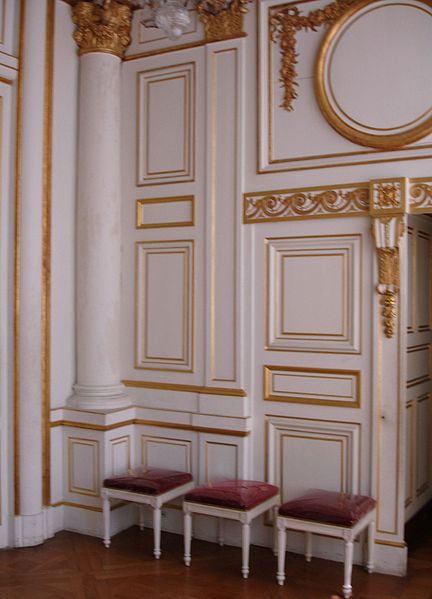
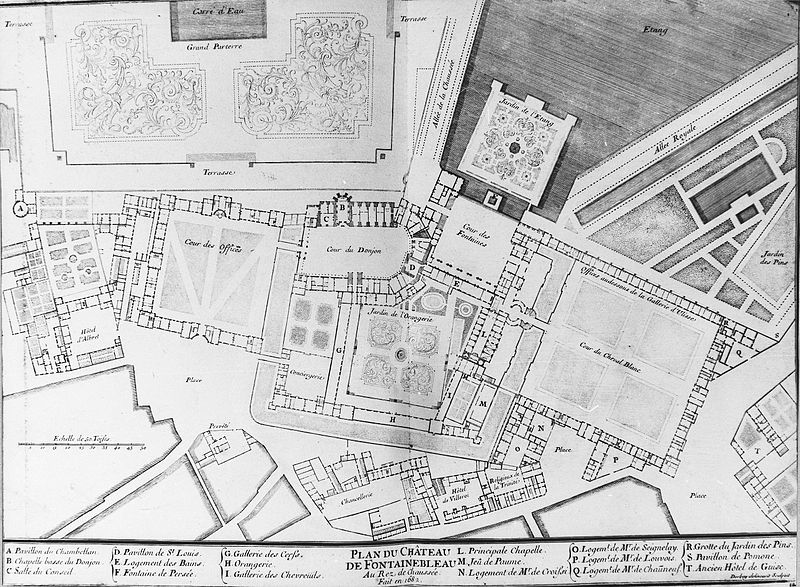

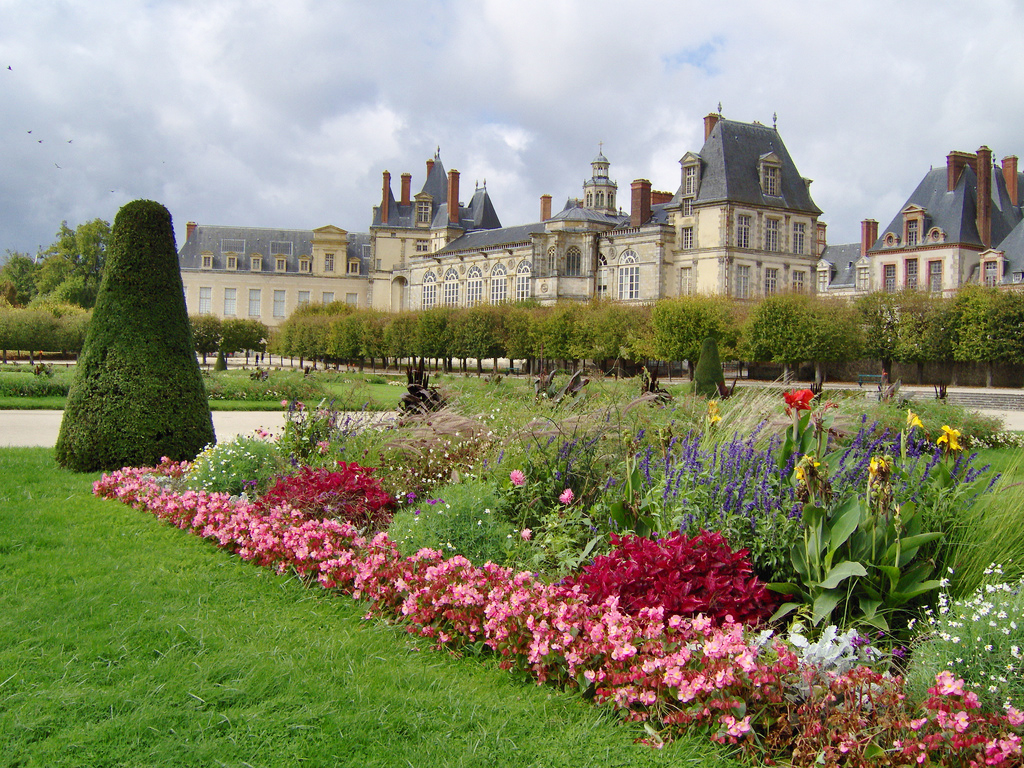


_as_Prince_of_Conti.png)






















